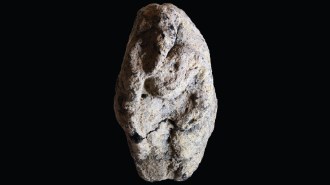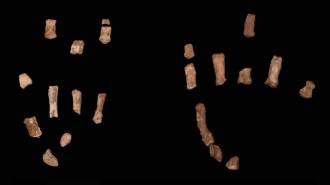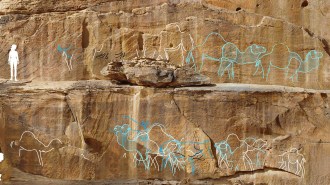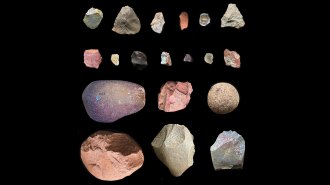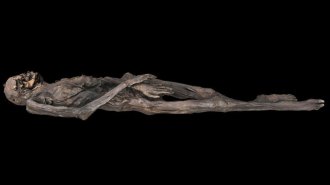Year in review: Roster of dinosaurs expands
Evidence suggests warmer, fuzzier beasts
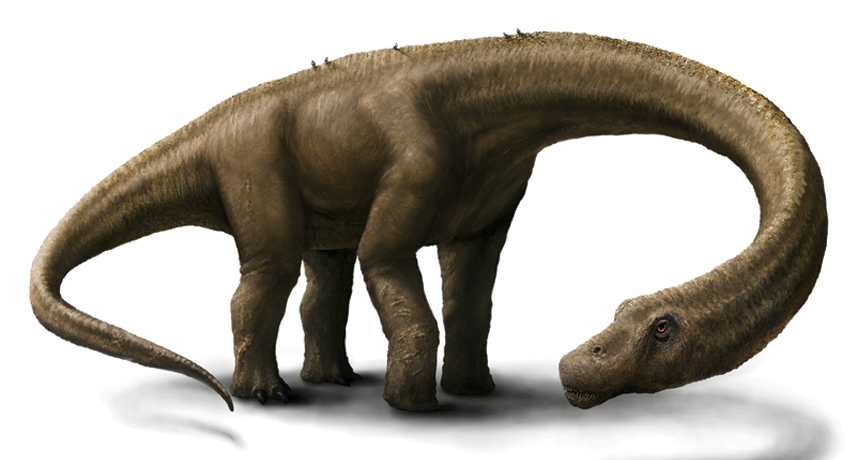
RETHINKING DINOS With the discovery of several new species like Dreadnoughtus schrani — one of the largest dinosaurs ever found, weighing about 60 metric tons — and a few dogma-shaking revelations, dinosaurs got a total rethink in 2014.
Jennifer Hall

